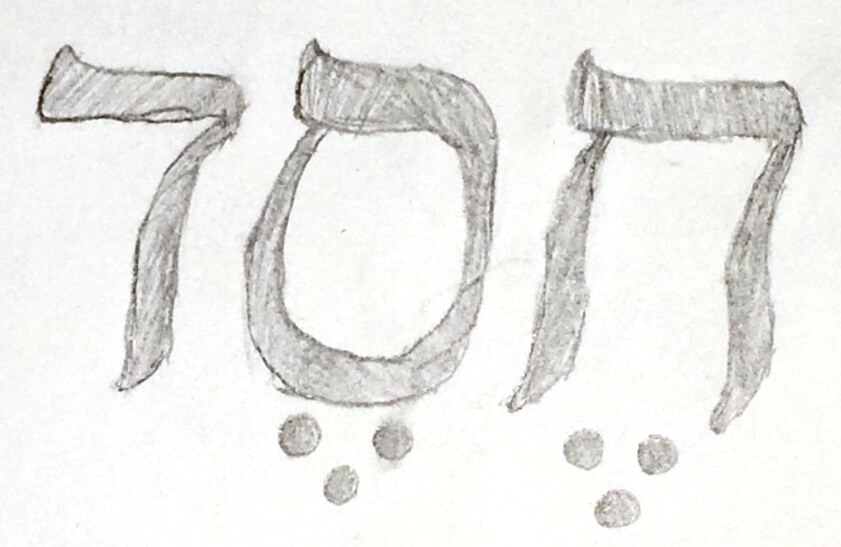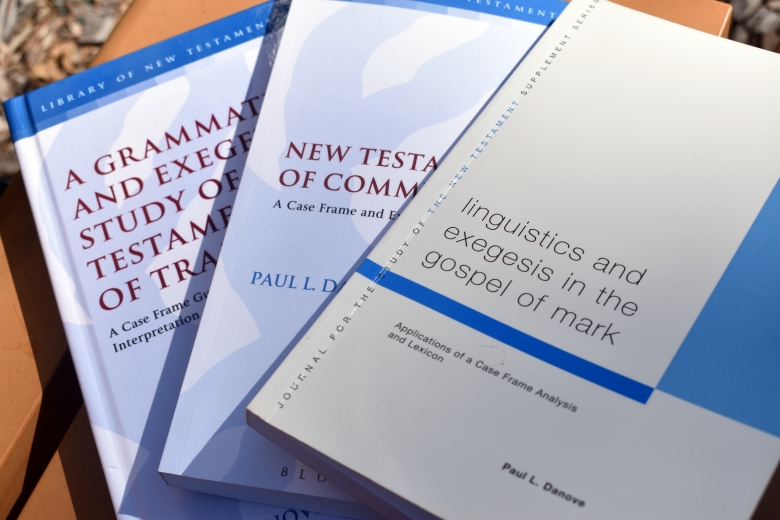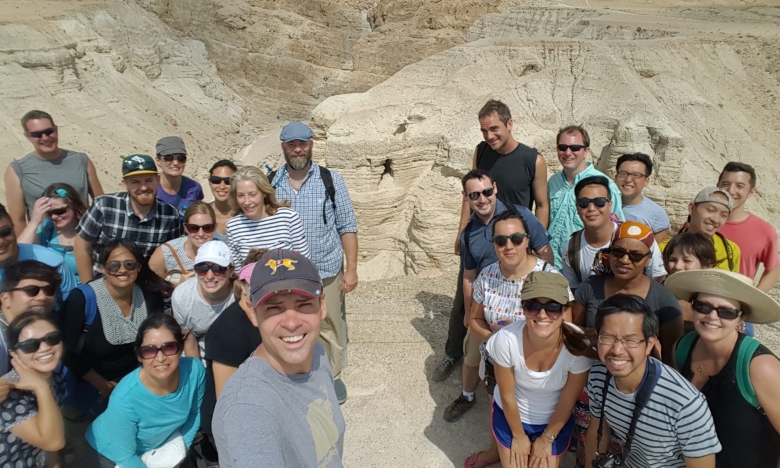In 2017, David Pleins and I released a new resource designed for students of biblical Hebrew: Biblical Hebrew Vocabulary by Conceptual Categories: A Student’s Guide to Nouns in the Old Testament, a user-friendly book from Zondervan that...
What if there was a lexicon that required less art and more science?
by Ryan Lytton *Editor’s note: This is the second of two Fuller Seminary interviews conducted by Ryan Lytton (the first interview was with Amos Yong). He recently had the opportunity to interview Christopher B. Hays, who is the D. Wilson Moore...
A New Cave, an Old Controversy: Dramatic New Discovery in Israel will Re-Ignite Debates The last Dead Sea Scrolls cave, linked to the ruins on the marl shelf at the mouth of Wadi Qumran, was discovered in 1956, bringing the total number of caves to...



